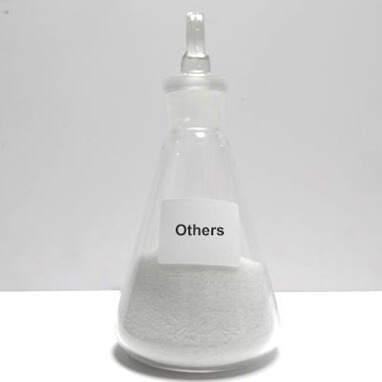As the demand for clean water rises, industries face increasing pressure to enhance their wastewater treatment processes. One of the most effective solutions for this challenge is the use of drinking-grade polyacrylamide. This article explores how this innovative substance significantly improves production efficiency while lowering environmental costs.

Through extensive case studies, we have observed that drinking-grade polyacrylamide enhances the flocculation process, leading to more effective sedimentation of waste materials. This efficiency not only speeds up the treatment process but also results in reduced operational costs.
Implementing this technology has allowed various enterprises to align with regulatory requirements while optimizing their environmental footprint. The reduced usage of chemicals and lower energy consumption translate into significant savings, helping businesses thrive while fulfilling their ecological responsibilities.

In conclusion, drinking-grade polyacrylamide stands out as a game-changing solution for the water treatment sector. Companies that leverage this technology not only enhance their efficiency but also contribute positively to environmental sustainability. We invite you to explore this innovative approach and see its impact firsthand in your operations.
